From "Teaching for Racial Equity" by Tonya B. Perry, Steven Zemelman and Katy Smith, © 2022, reproduced with permission of Stenhouse Publishers. www.stenhouse.com. No reproduction without written permission from the publisher.
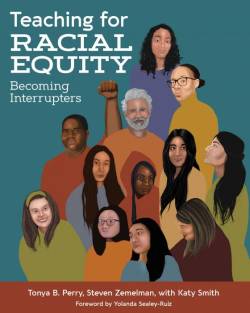 Inquiring into racial inequity may seem easy enough in a social studies or English language arts classroom. But how do we do this for other content areas? Sure, there may be times when a teacher and class can pause from the regular curriculum to address a pressing issue that has arisen in the school or community, but we believe it is essential to incorporate racial criticality within the curriculum itself. Why? First, racism affects every aspect of American life and endeavor, so we must help students understand that. Second, developing criticality calls for knowledge and skills that are particular to each subject area. Planning a project to build criticality requires a series of key steps. An educator will need to:
Inquiring into racial inequity may seem easy enough in a social studies or English language arts classroom. But how do we do this for other content areas? Sure, there may be times when a teacher and class can pause from the regular curriculum to address a pressing issue that has arisen in the school or community, but we believe it is essential to incorporate racial criticality within the curriculum itself. Why? First, racism affects every aspect of American life and endeavor, so we must help students understand that. Second, developing criticality calls for knowledge and skills that are particular to each subject area. Planning a project to build criticality requires a series of key steps. An educator will need to:
- Understand the racial issues in the school and community.
- Consider the level of students’ knowledge, about both racial inequities and the relevant subject matter.
- Identify a clear purpose — that is, specific goals and objectives: students’ learning, the dispositions that the teacher aims for — both toward learning the content and toward addressing racial inequity. This includes advancing students’ development of racial literacy, as Yolanda Sealey-Ruiz has outlined. We must be aware, however, that fresh and unanticipated realizations can emerge anywhere in the inquiry process, so we should allow space and time for them when they pop up.
- Identify required curriculum and content standards that the inquiry will address, to justify the inclusion of equity efforts for those who focus on curricular mandates.
- Determine information, questions, concepts and skills to be introduced and explored.
- Plan the activities the students will experience.
- Create ways to challenge students to think critically about the issues presented by the material
- Explore opportunities for meaningful student effort to use their new knowledge to act on the problem they have studied.
- Develop high-level assessment of students’ learning.
Christopher McDaniel teaches in a neighborhood where many people, both students and adults, have not been given the opportunity to learn how scientific knowledge can address important inequities in their lives. So he welcomes his role as a teacher in helping his students discover the need and to engage in learning that will help them interrupt those inequities — and he designs inquiry units with this goal in mind. Clearly, in each subject area and with each student population, teachers will need to inquire with criticality themselves, to determine the specific connections between their subject matter and the racial issues that hover within it and are present in the surrounding community. Let’s follow Christopher’s use of the water crisis in Flint, Michigan (and Chicago and elsewhere) to promote students’ racial criticality through science concepts.
Considering Students' Level of Knowledge and the Purpose for the Project
Over time, Christopher has made a point of learning about the conditions and mindsets among his students and in the community where he has taught. He often walks around the neighborhood of the school at the end of the day, schmoozing with students he encounters. He regularly chats with students in the lunchroom as well, to inform his thinking about the students’ awareness and to learn about their interests. His understanding helps guide his teaching.
It can be difficult to engage students in a high school science class. Many of my students don’t see any connection between their everyday lives and science. . . Establishing such a connection between the real world they live in and the science content I am teaching can make all the difference. I teach science in a predominantly Latinx community, and I try to infuse social and environmental justice into each of my courses. I provide my students with examples from their real world that show they need a basic understanding of the science to comprehend the things taking place around them every day. I want to give these students the tools they need to make thoughtful decisions about issues in their lives, particularly when scientific knowledge can help them understand those issues.
Christopher begins the inquiry with a bell-ringer jot to stir students’ thinking about the underlying concept of environmental justice that will be explored in the unit, asking them to think about the meaning of each of the two words, environmental and justice. This prepares them to start considering the role chemistry may play in understanding a larger problem that impacts their lives. Then comes some provocative information.
At the beginning of every school year I show students in my chemistry classes an excerpt of the PBS NOVA special “Poisoned Water”, a documentary about the Flint water crisis, the vehicle I use to introduce my students to environmental racism. Initially, I only show two minutes of the video, but I show it twice, so the information can begin to sink in. Those first two minutes alone make clear that the crisis is connected with race, poverty, the loss of auto industry jobs and the science of the lead poisoning that especially affects children. I ask them to take notes and write down any key terms or concepts they can pick up from the video.
Many of the students have very little information about what happened in Flint but are at an age when they are beginning to question authority and starting to see the inequities present in different aspects of their lives. This immediately makes a connection for them. They see children their age and younger from neighborhoods similar to theirs being taken advantage of by people in power, and they learn how the children are dealing with life-threatening illness due to lead in the drinking water that came from the faucets in their own homes. Most of the students immediately engage with this video, and it becomes a topic of serious discussion. We do a quick think pair-share about the video, and the students create discussion boards listing the things they think they need to learn to better understand the chemistry behind what happened in Flint.
Connecting to Required Curriculum
Christopher never loses sight of his role as a science teacher. But it’s not difficult to connect the science he is expected to teach with the social problems he knows the students will care deeply about. It is no surprise to Christopher that the items on the students’ discussion boards match his list of content standards. As the students write and then examine their lists, they are hooked: they want to know the science so that they can get answers to their own questions. Then Christopher asks students to identify various resources around the room that they think will inform them about the topics on their lists, which in turn leads to Christopher’s chemistry lessons. For example, when a student points to the periodic table on the wall, Christopher explains how it works, and helps students notice patterns among the various element groups and ways they can interact with one another. He points out that it’s the bonding of lead with chlorine in the water that had previously formed a protective coating in the old lead pipes in Flint homes.
Most of the discussion boards include the same key terms, including lead, water and chlorine. These are the terms the students find themselves wanting to learn more about. So I use their interest in understanding more about what happened in Flint to engage them in a unit on the concepts of periodicity and bonding, one of the units I need to teach. These properties give the students a basic understanding of the chemistry behind the Flint water crisis.
Digging Deeper
Next, students read the news article “Brain-Damaging Lead Found in Tap Water in Hundreds of Homes Tested Across Chicago, Results Show,” from the Chicago Tribune. This not only raises awareness — spikes indignation, actually — but provides an occasion for a reading lesson in which Christopher helps students employ a variety of reading strategies to get the most from their effort and then to discuss it in small groups.
The students read and annotate this article in class. We then engage in a “domino reporter” activity in which students share how they felt with their discussion group and then summarize their group’s conversations with the class. The students are outraged and immediately begin questioning the quality of water in their own neighborhood. They want to know whether their neighborhood was affected and how they can determine whether the water supply in their own homes is safe or not. I tell them about a Chicago Public Schools study on the lead levels in each of the water sources inside of every public school in Chicago. They can go online and look at the lead levels of each water fountain and sink in every school in the entire city.
Since the final project for the class is to research an environmental issue and create a poster about it, many of the students do comparison studies of lead levels in schools based on various socioeconomic factors such as race, ethnicity, income, and industrialization. In many of my classes, the students are interested in testing the quality of water in their homes and actually go home and discuss this issue with their parents. Since they have learned from the article that the city offers testing kits for Chicagoans to test their water, the students use our classroom computers to order testing kits for themselves.
To help students learn about more organized activist interrupters of environmental racism, Christopher invites representatives from the Little Village Environmental Justice Organization (LVEJO) to speak to the class.
The LVEJO has effectively addressed environmental problems in Chicago’s Mexican American neighborhood called Little Village (La Villita). Organization staffers visit the class and talk to students about the amount of pollution in the community created by the large industrial sites in the neighborhood. They show the students maps of Chicago that illustrate how most industrial areas are located in neighborhoods where African American and Latinx people live. For a lot of my students, this is their first time hearing about any type of environmental racism. It is also the first time they have heard of community organizations standing up and fighting for racial equity and equality and making a difference. This empowers a lot of students to action in this community. LVEJO has enlisted high school students to go out into the community and map industrial areas that are not being properly regulated by the City of Chicago. They have set up checkpoints in the community to count the number of diesel trucks in certain residential areas over time. This organization is essential to helping me engage my students so we can have real discussions about what science looks like in their community.
Finally, Christopher takes one more step to challenge students’ criticality, posing a moral and financial question to push them beyond their indignation over the water problem to consider their own future roles in solving such problems.
Going further, I ask students to look deeper into the root of the problem with the water in Chicago by posing a challenging moral issue. They read that a lead service line links each home to the main water line located under the street. Changing this service line is necessary if an owner wants to reduce the lead level in the water entering the home. The cost of this replacement is incurred by the homeowner. The students often talk about graduating from college and coming back to the community and buying property. So I initiate a discussion about the duty of a person who owns a residential property in a neighborhood like theirs. I ask them whether, as a property owner, they would feel ethically, morally, or financially responsible for replacing that service line, even if their tenants were unaware of the problem with lead in the drinking water. It could possibly take years to recover the money spent to replace the line. They are asked to consider how they would treat their uninformed and unaware tenants, who could be some of the students they currently go to school with, or neighbors who currently live beside them. Will these more informed owners replace the service line for them? As you can imagine, some hot disagreement erupts on the question. This is just the kind of independent application of science knowledge to real-life concerns that I want my students to think about.
Christopher keeps the assessment process purposeful, requiring students to complete a final project and poster on an additional environmental problem, along with an in-depth exit slip as a wrap-up to help both teacher and students evaluate their learning. Equally important, as Christopher has described, he is able to directly observe students’ thinking and actions to investigate the purity of the water in their own homes.


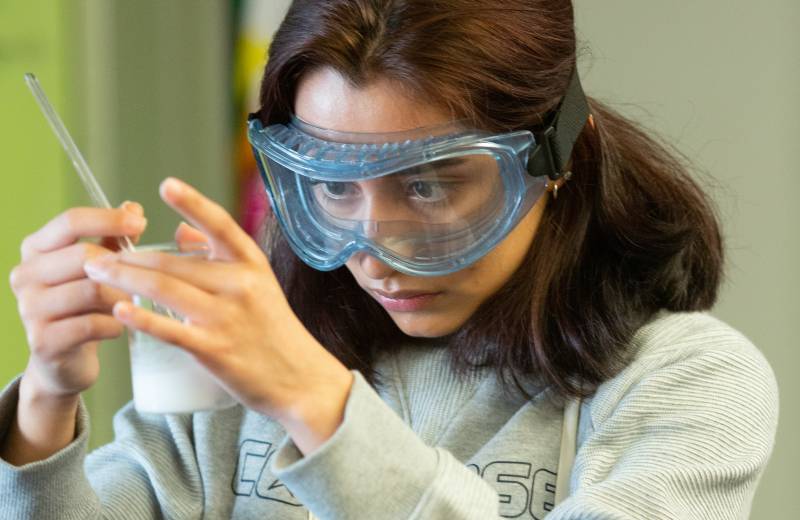
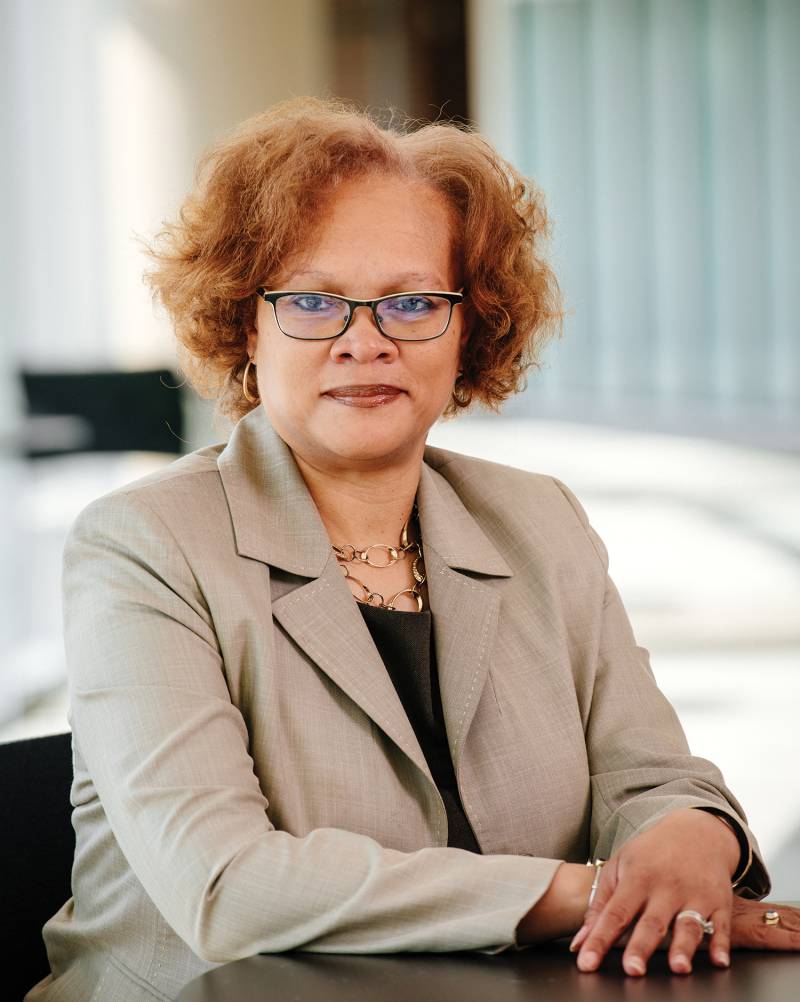
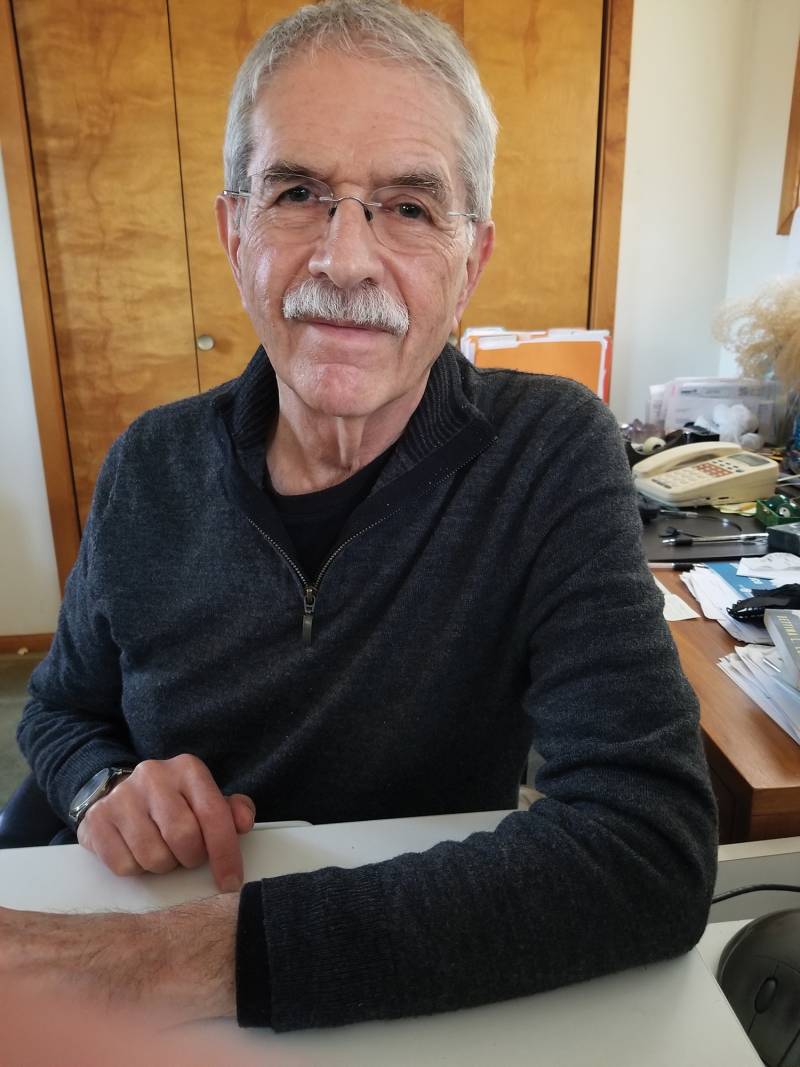
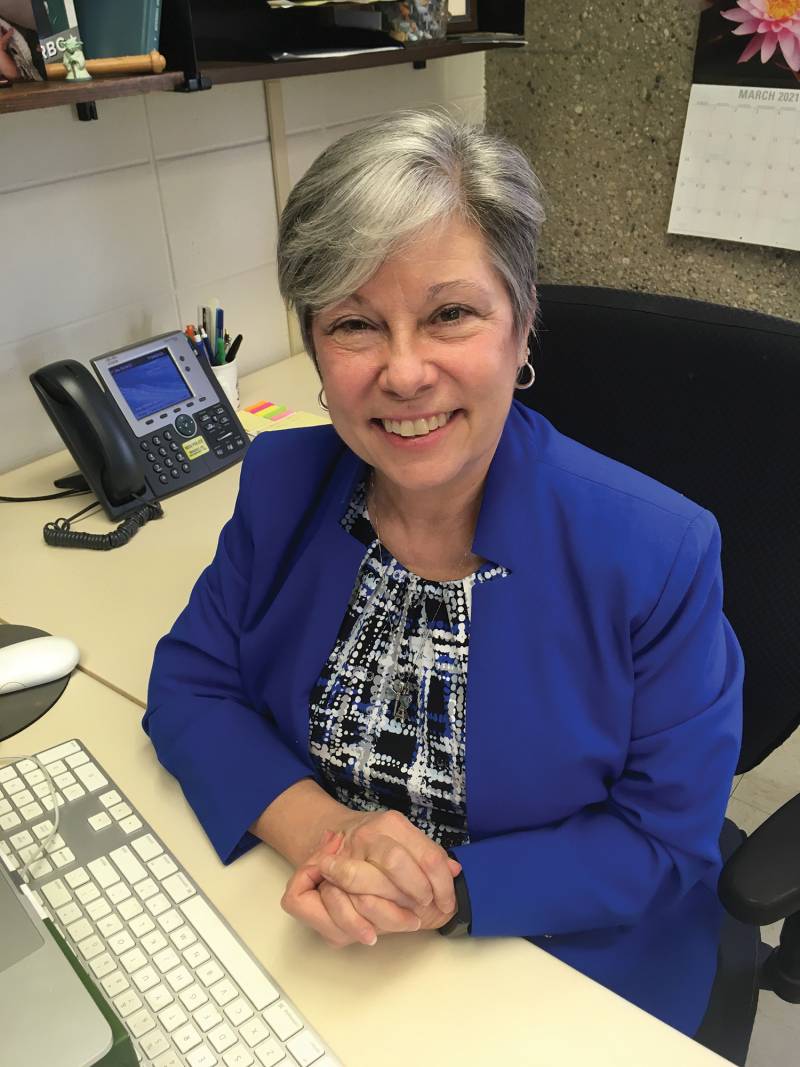 Katy Smith is a professor and department chair at Northeastern Illinois University, where she co-directs the Illinois Writing Project. She has dedicated her career to developing and enacting equitable classroom practices, first as a high school teacher and now as a teacher educator.
Katy Smith is a professor and department chair at Northeastern Illinois University, where she co-directs the Illinois Writing Project. She has dedicated her career to developing and enacting equitable classroom practices, first as a high school teacher and now as a teacher educator.